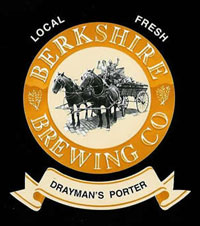 Here’s an example of what I mean by beer from a good home: Berkshire Brewing in South Deerfield, Mass.
Here’s an example of what I mean by beer from a good home: Berkshire Brewing in South Deerfield, Mass.
Ann Cortissoz profiles the brewery in today’s Boston Globe (free registration).
Co-founders Gary Bogoff and Chris Lalli began selling beer in 1994 after friends helped them rehab on old cigar factory. They coaxed 6,000 barrels a year out of a seven-barrel system (that’s what you find in a medium-size brewpub) and bottled by hand until they were selling 10,000 barrels annually.
The sell almost all their beer within 100 miles of the brewery, but this year will likely “grow out” of microbrewery status, surpassing 15,000 barrels. About 60% of sales are draft and 40% of the bottled sales are growlers filled by hand. Berkshire only sells 22-ounce “dinner size” and the 64-ounce growlers.
“When we were bottling by hand there never was a question (about six-packs). Then we when we did the comparisons we saw there was no way we could compete with breweries like Sam Adams. It really worked out well. We’ve got our own little niche.”
They aren’t going to get very big without packaging beer in six-packs and selling it all the places six-packs are available, but that’s OK with them.
Berkshire self distributes – “99% of our beers is handled by our people,” Bogoff said – from three separate warehouses. Berkshire began selling beer in Connecticut in 2005 and also works with a distributor in Vermont. “We’re living by our own destiny. It’s a little more involved but at the end of the day you can claim full responsibility for the beer,” he said.
And, yes, it’s good beer.
A drinking note for Drayman’s Porter (6.2% abv), tasted last April for All About Beer magazine:
The label says “fresh” and “local” and the image of a horse-drawn beer delivery wagon accentuates the point. Deep brown to black – though mahogany highlights decorate the edges – with a billowing brown head, this might look like a beer to age. Don’t think about it. The big chocolate, roasty nose hints of coffee and further suggests freshness, while perfect carbonation adds to the luxurious, sweet, chocolaty palate. More straightforward than complex, with just enough hops to accent roastiness again at the drying finish.
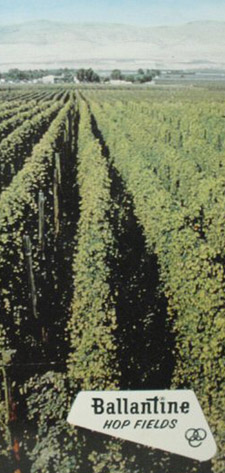 Enough about session beers, at least for the moment. Let’s get back to hops.
Enough about session beers, at least for the moment. Let’s get back to hops. But I will write that one thing I want it to mean is that context makes a difference. Before you fire off another what the heck question, look at the contest Alan McLeod has invented at
But I will write that one thing I want it to mean is that context makes a difference. Before you fire off another what the heck question, look at the contest Alan McLeod has invented at 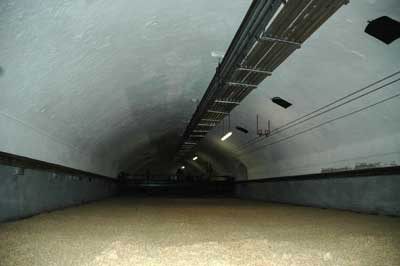
 (Given that eyes adjust better to dark conditions that my camera, the photos here don’t quite portray what I saw. The top one shows the hall, the one to the right the machine from a long ways away with the light “turned up,” the next a chalkboard that tracks the status of a batch of malt. The image at the bottom shows that Augustiner has left some tradition behind – picturing when malt was turned by hand.)
(Given that eyes adjust better to dark conditions that my camera, the photos here don’t quite portray what I saw. The top one shows the hall, the one to the right the machine from a long ways away with the light “turned up,” the next a chalkboard that tracks the status of a batch of malt. The image at the bottom shows that Augustiner has left some tradition behind – picturing when malt was turned by hand.)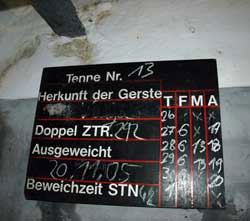 Augustiner is the last brewery in Germany with its own malting facility, and its floor-malting is one of only two left in the country. Augustiner bills itself as the “keeper of the tradition” but this is about more than tradition. Most agree that floor malting produces superior malt. By maintaining its own maltings Augustiner also has the option to pick from different barleys, sometimes using older varieties of that malt suppliers no longer offer.
Augustiner is the last brewery in Germany with its own malting facility, and its floor-malting is one of only two left in the country. Augustiner bills itself as the “keeper of the tradition” but this is about more than tradition. Most agree that floor malting produces superior malt. By maintaining its own maltings Augustiner also has the option to pick from different barleys, sometimes using older varieties of that malt suppliers no longer offer.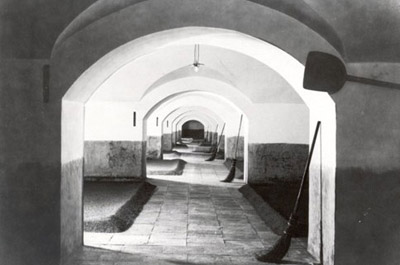
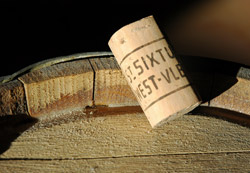 This really isn’t another beer & wine post, but we have to start with a little wine research.
This really isn’t another beer & wine post, but we have to start with a little wine research.